
Policy brief calls for expanded county role in addressing food security in Hawaiʻi
A new policy brief from the Hawaiʻi Appleseed Center for Law & Economic Justice urges leaders on the county level to address food insecurity as federal nutrition programs face significant funding cuts.

How City Council could improve food security for Oʻahu residents
The Honolulu City Council should work on disaster planning, summer feeding programs for children, kūpuna programs, and direct funding for food banks.

More Hawaiʻi residents are going hungry, new statewide report shows
The report was produced at a time when food security was bad in Hawaiʻi. But now, advocates say, it’s even worse.

New federal rules ramp up the pressure on people who count on food stamps
Thousands of people in Hawaiʻi will be cut from the program entirely or face additional hurdles, including added work requirements.

Mom-and-pop stores losing EBT customers struggle to survive
It’s not only making it harder for families to put food on their tables. It’s also affecting people’s livelihoods.
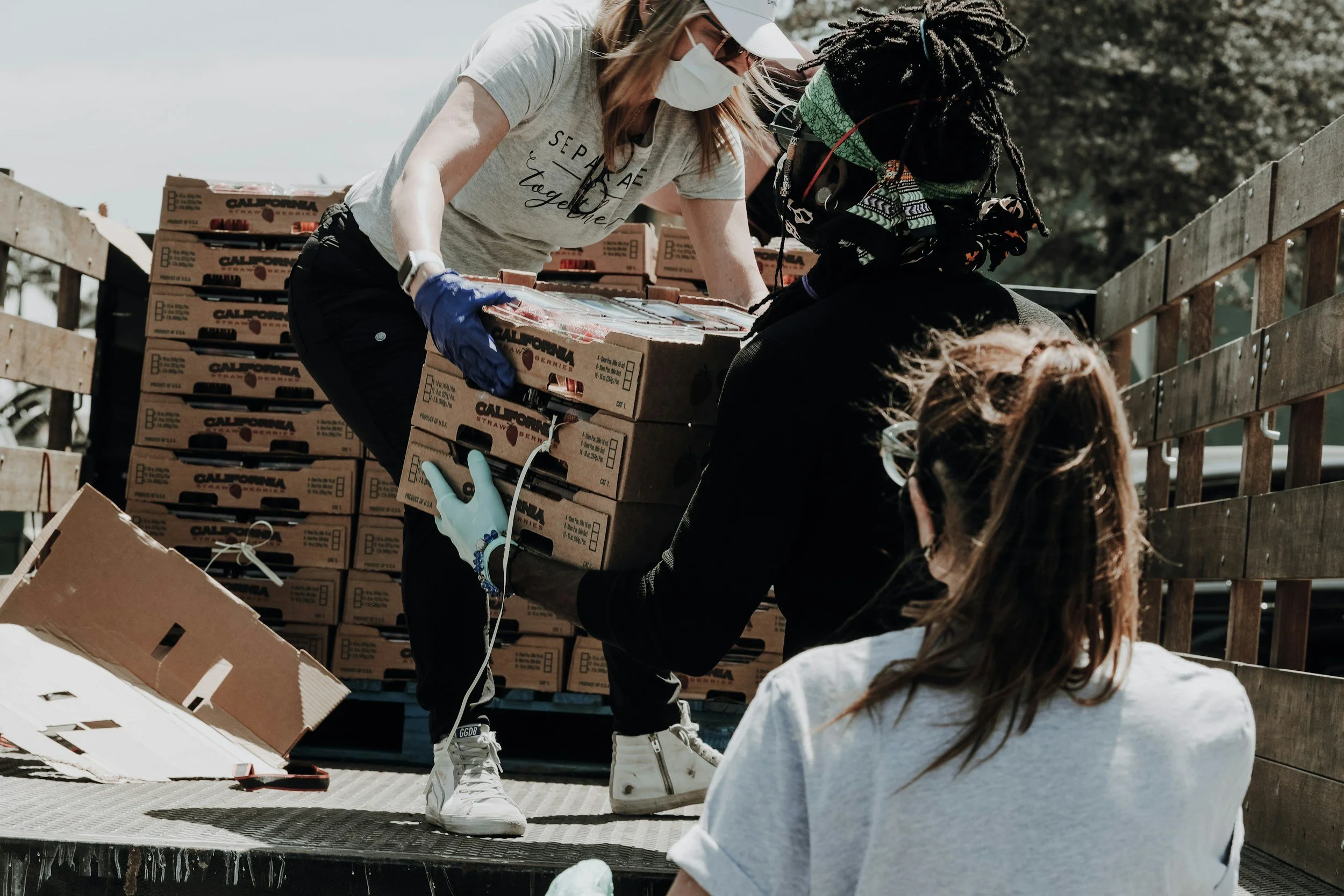
Food insecurity forum focuses on current and future needs in Hawaiʻi
Keeping struggling individuals properly fed is already considered a growing challenge, locally, even as the threat of federal funding cuts leave an uncertain future for SNAP and, consequently, food banks as well.
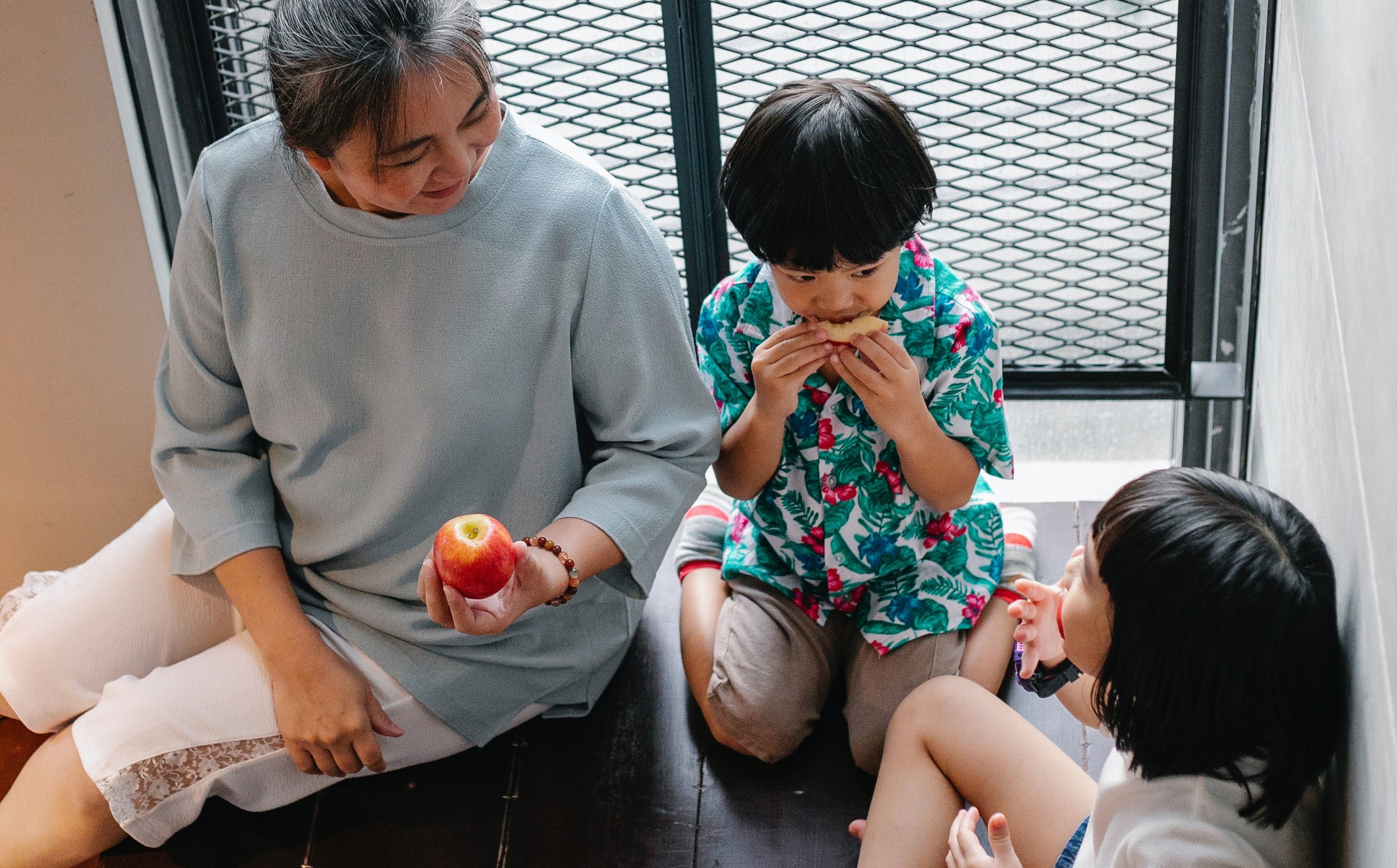
Proposed cuts to food stamps program could be ‘horrific’ in Hawaiʻi
Under current proposals, Hawaiʻi could face more than $100 million in new costs to maintain the food stamp program.
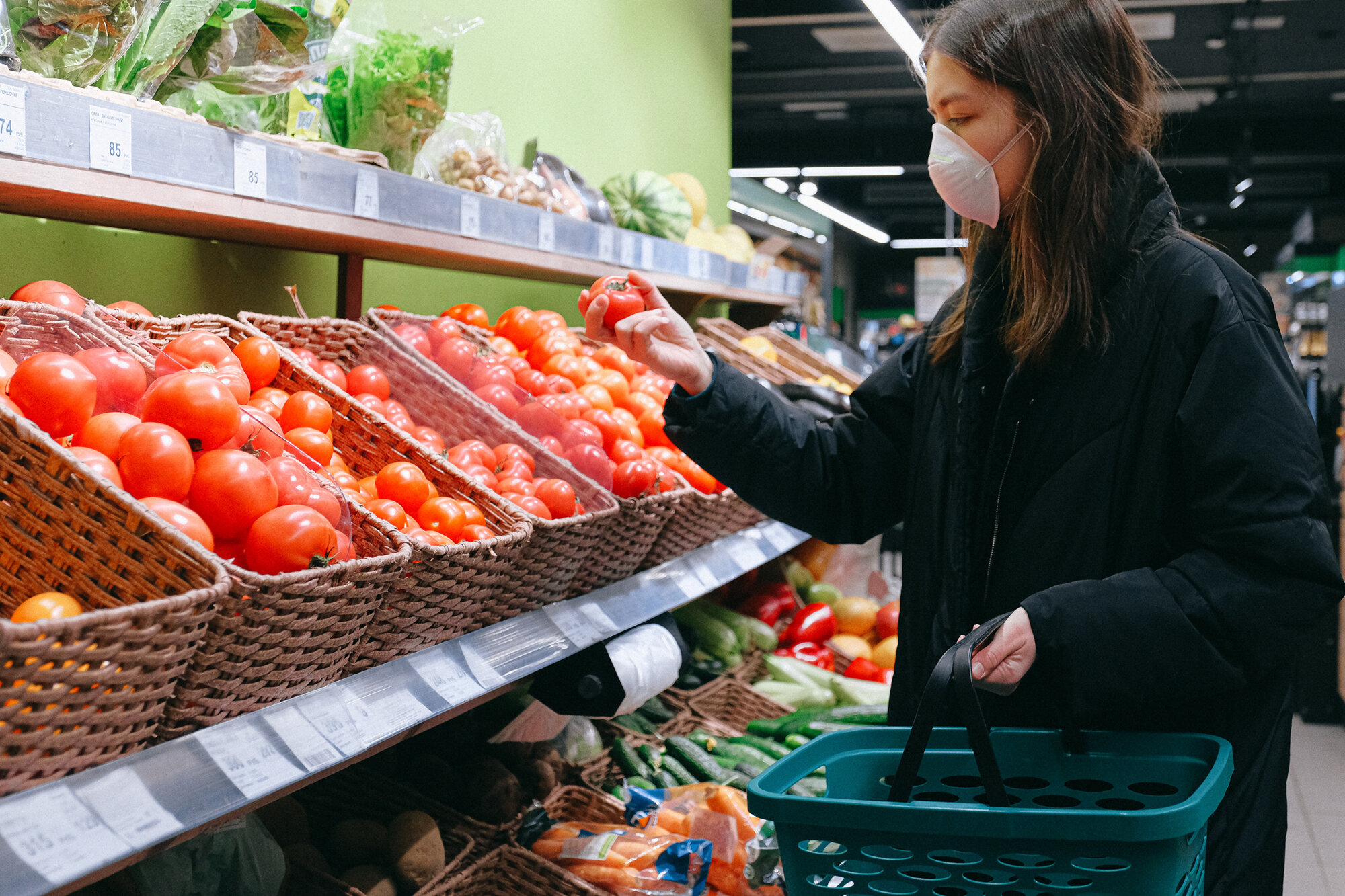
State is scrambling to fix SNAP food program following $11M fine for errors
Hawaiʻi hopes the federal government will waive half of the penalty if the state invests more than $5 million in new technology.

‘People are really struggling:’ Hawaiʻi food banks scramble to meet increased demand
Rising food costs and the end of pandemic-era assistance programs are driving a spike in demand for food assistance.
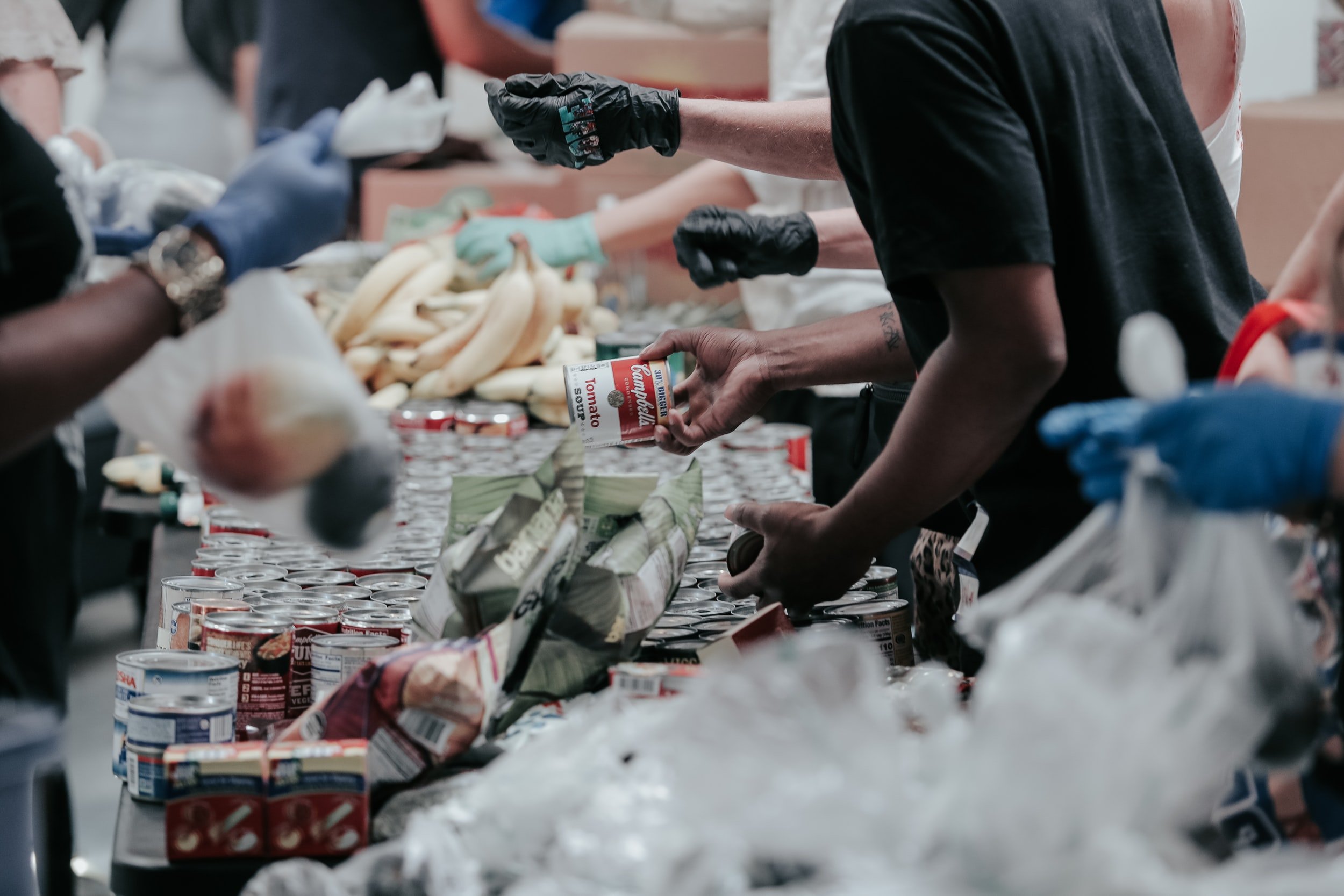
Inflation is forcing some Hawaiʻi families to change the way they shop for groceries
Economists agree this rising trend won’t go away anytime soon—that’s concerning for food banks and nonprofit organizations that help low-income and working class families.
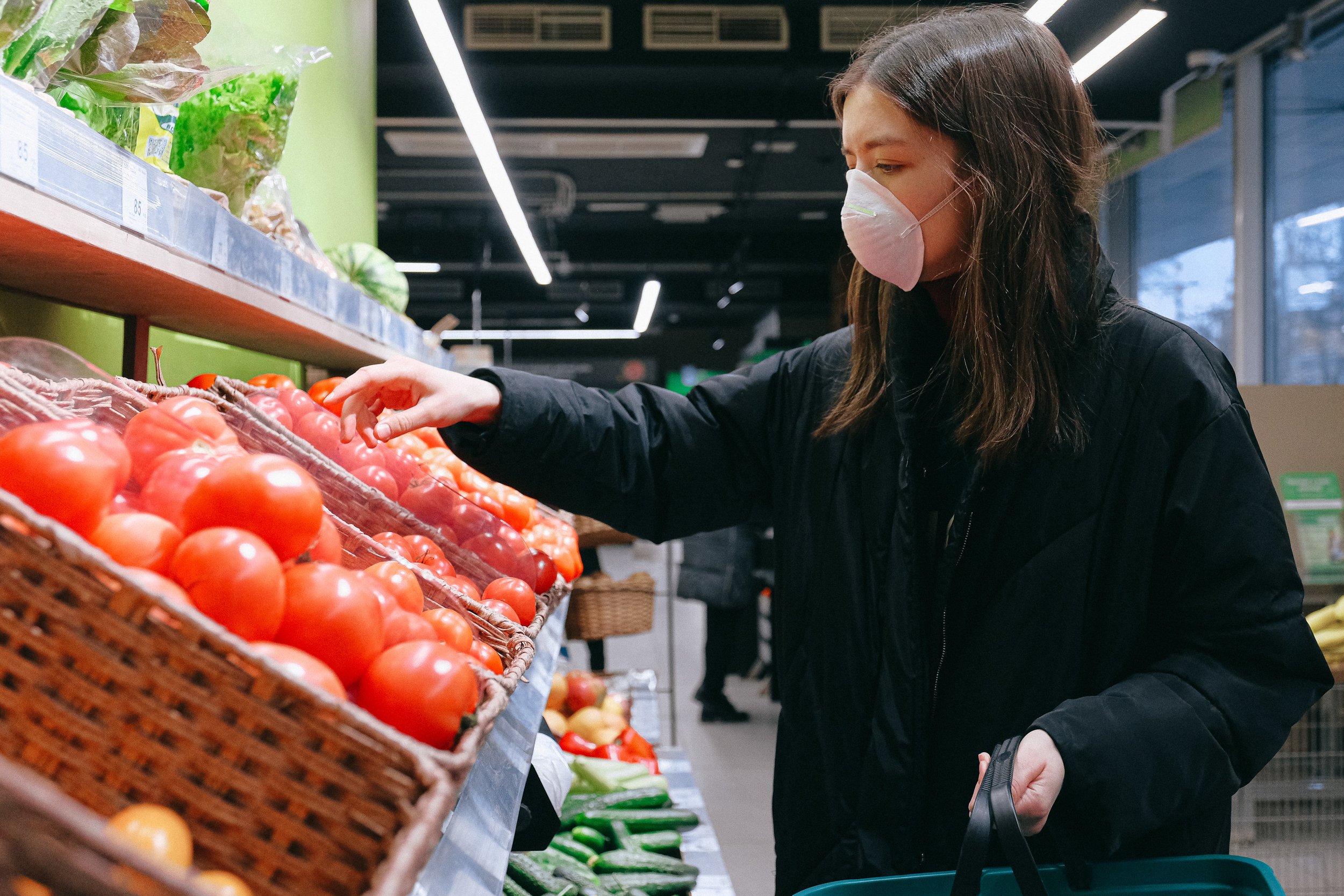
Why are more people than ever receiving food stamps in Hawaiʻi?
A historically high enrollment in the food stamp program is part of a broader increase in the need for public services during the pandemic.

The pandemic has transformed how aid groups help elderly in need
Federal COVID-19 relief funds helped local groups coordinate outreach to better serve kupuna who were often isolated during the pandemic.

Hawaiʻi sees ‘startling’ increase in number of children facing hunger
Even as benefits programs expand and school meal programs shift, food insecurity is expected to continue to grow in the islands.
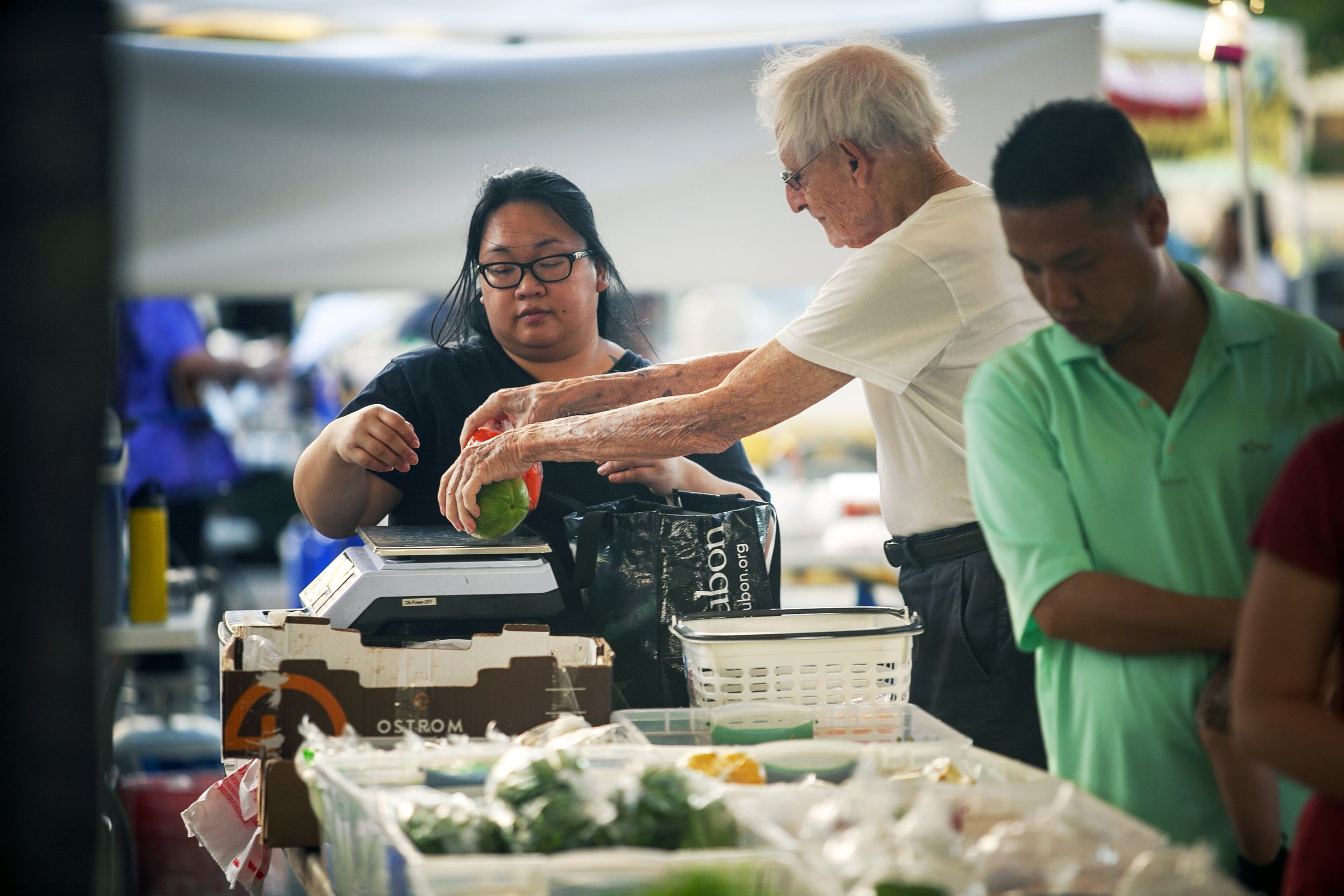
Bill would expand DA BUX food program
The measure is intended to provide low-income people easier access to healthier food choices and to help local farmers and ranchers.

State offers more food stamp flexibility amid record participation
Most SNAP applications are now processed online and members can now use their EBT cards to make online purchases for pick-up at select Walmart locations.

Legislature considers increasing minimum wage amid pandemic
Advocates argue that raising the minimum wage will not only help workers make ends meet, but also stimulate the local economy.
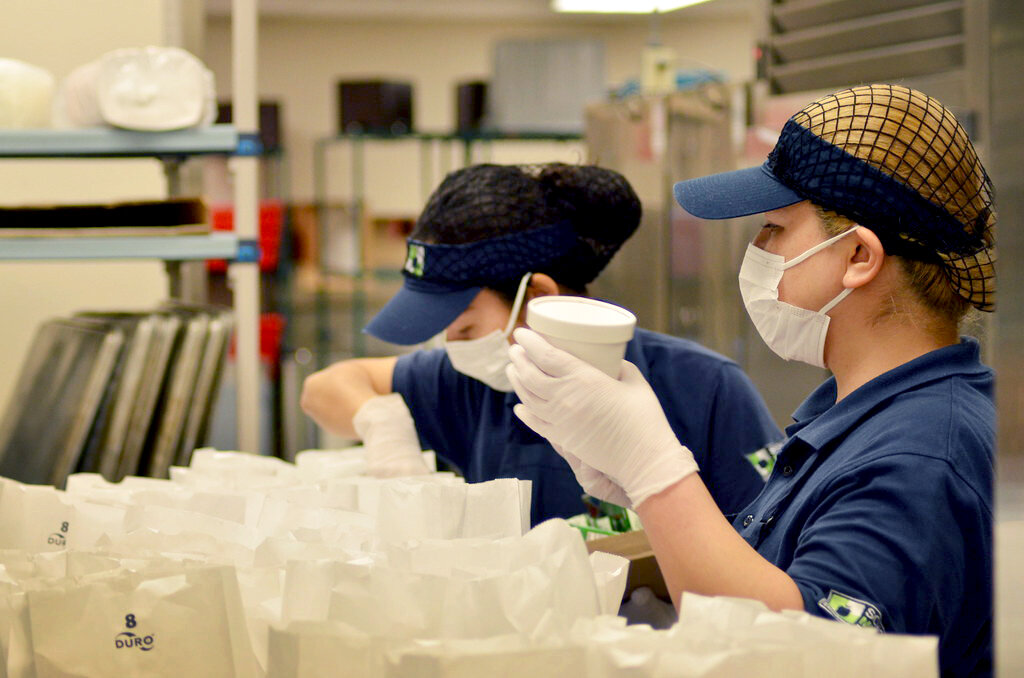
DOE improves free school breakfast program during pandemic
Hawaiʻi Appleseed has monitored the ranking for years, and has been working with the DOE to improve those numbers.
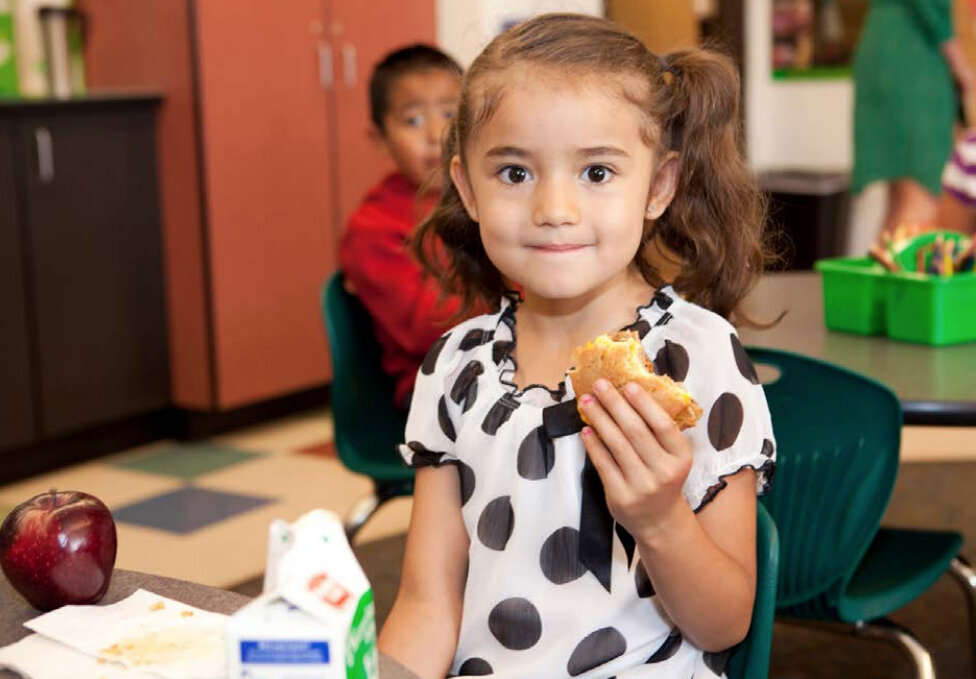
Hawaiʻi ranks 50th in low-income children participating in national school breakfast program
Some 25,559 low-income Hawaiʻi children participated in the School Breakfast Program during the 2019–2020 school year—or about 40 percent of those eligible.

As economic pain of pandemic widens, need for food stamps soars
The number of Hawaiʻi residents receiving SNAP benefits has risen from about 155,000 last year to 179,000—a 15.4 percent increase.

Program allows donations for grab-and-go meals
All through September, customers visiting Safeway stores in Hawaiʻi can donate to the annual Nourishing Neighbors fundraiser to support anti-hunger initiatives.
